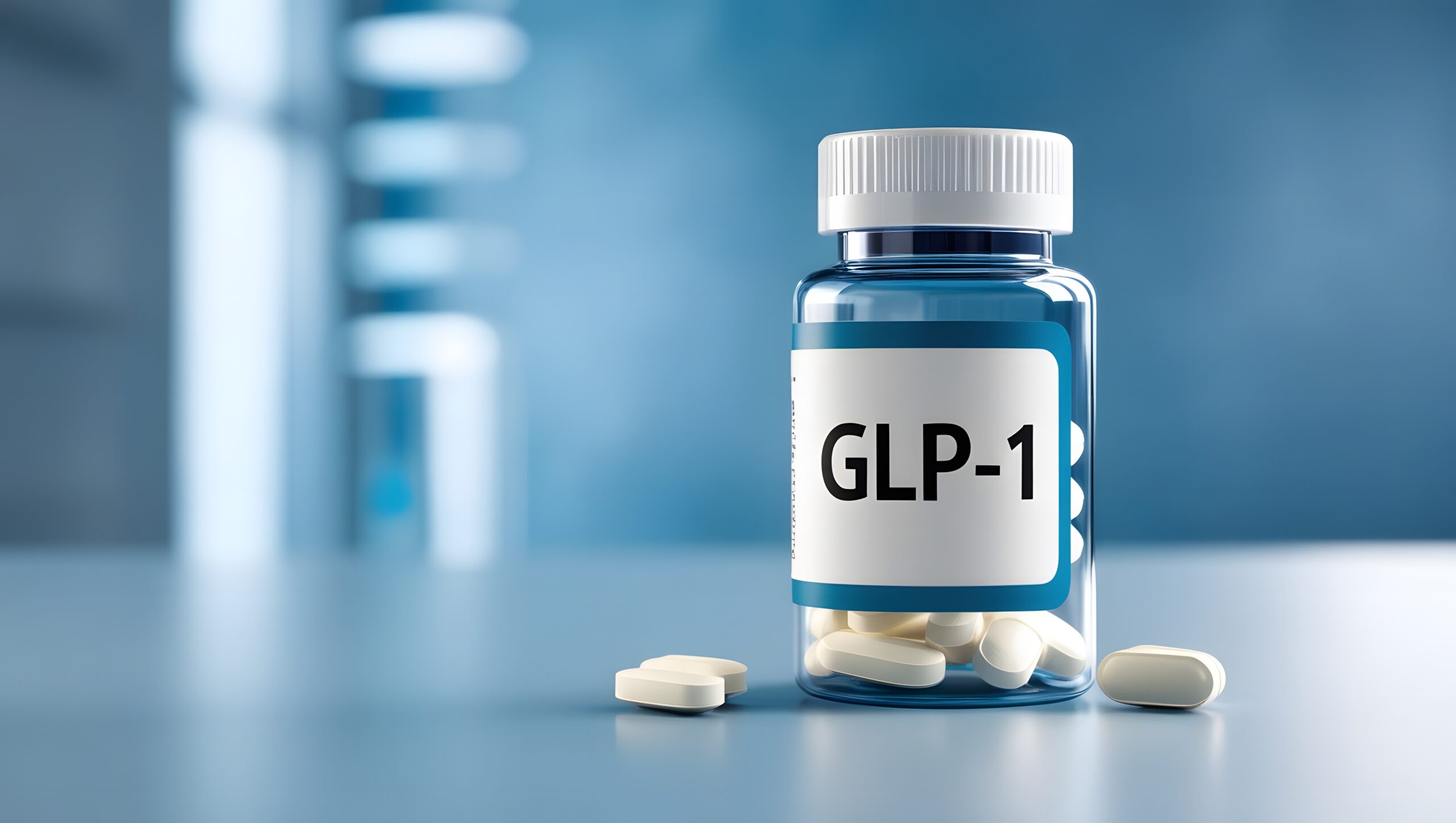The rapid growth of the GLP-1 market has brought this natural-hormone-turned-medication into the spotlight, fueling discussion and speculation. As a result, VERTESS has received ongoing inquiries about how GLP-1 drugs impact pharmacy valuations and what pharmacy owners should consider when evaluating their business's future — including the potential for a sale.
To assess the likely effects of GLP-1 on valuations, it's essential to first understand the current state of the market.
GLP-1 Market Update
More than 100 million adult Americans are currently living with obesity, with more than 22 million having severe obesity. Between January 2018 and June 2024, nearly 1.2 million patients were prescribed a GLP-1 receptor agonist, accounting for a total of more than 4.8 million prescriptions during that time. U.S. pharmacy prescription dispensing revenue reached $683 billion in 2024, with GLP-1 agonists contributing to more than 80% of the growth.
It is reported that about 12% of Americans have used GLP-1 drugs, with around 6% currently using GLP-1 medications. Four GLP-1 drugs, including Eli Lilly and Co.'s Mounjaro, Novo Nordisk's Ozempic and Wegovy, and Lilly's Zepbound, are expected to be among the top 10 best-selling drugs in 2026. The success of semaglutide and tirzepatide has fueled the development of over 100 anti-obesity drug candidates, with an anticipated market value exceeding $100 billion by 2030.
Some patients and clinicians are turning to microdosing GLP-1 weight loss drugs for weight maintenance, lower costs, and reduced side effects. Medicare Part D spending on 10 diabetes medications increased to nearly $36 billion in 2023, representing a 364% rise over 2019, according to an Office of Inspector General report. The drugs include Mounjaro, Ozempic, and Trulicity. Spending on Ozempic alone rose 1,567% in 2023 to reach $9.2 billion. There are currently about 7,500 pharmacies engaging in 503A compounding and 88 503B outsourcing facilities.
Here are a few more recent, noteworthy developments concerning GLP-1 drugs:
- The U.S. Food and Drug Administration (FDA) removed semaglutide (Ozempic, Wegovy) from the 506E shortage list in February 2025, confirming supply now meets demand. A grace period allows continued compounding — 60 days for 503A pharmacies (until April 22) and 90 days for 503B facilities (until May 22). Novo Nordisk has ramped up production and is shipping all doses.
- A Texas judge upheld the FDA's ban on compounding Eli Lilly's Zepbound, requiring smaller pharmacies to halt immediately and larger ones by March 19. Meanwhile, 38 states urged the FDA to crack down on illegal online sales of GLP-1 drug ingredients. Eli Lilly and Novo Nordisk are also pushing to block compounded tirzepatide after the FDA ended its shortage status.
- Roche struck a $5.3 billion deal with Zealand Pharma to co-develop petrelintide, testing it alone and with Roche's CT-388. Other emerging drugs include bimagrumab (to prevent muscle loss) and retatrutide (targeting multiple hormone receptors for weight loss).
Financial Impact of GLP-1
The demand for GLP-1 medications has driven substantial revenue growth for pharmacies, med spas, telehealth companies, and online suppliers. However, uncertainty surrounding compounding regulations and insurance coverage has made it difficult to predict GLP-1's long-term profitability. Many buyers are hesitant to factor GLP-1 revenue into pharmacy valuations, with some excluding it entirely and others limiting acquisitions to businesses where GLP-1 accounts for no more than 20% of revenue.
Despite this uncertainty, one thing is clear: GLP-1 drugs are here to stay. Their applications are rapidly expanding beyond weight loss and diabetes management to conditions such as kidney disease, cardiovascular health, sleep apnea, depression, alcoholism, and liver disease. This broader therapeutic scope, coupled with ongoing research and development, reinforces the staying power of GLP-1 treatments.
Valuing GLP-1 Revenue: Lessons From COVID-19 Services
Pharmacy valuations must now adapt to include the impact of GLP-1, much like they did for COVID-19 services. The pandemic created an initial boom in testing, vaccinations, and treatments, driving up revenues and pharmacy valuations. However, as the crisis evolved, so did the demand for these services. While COVID-19 testing and vaccine distribution initially soared, long-term demand has settled into a sustainable, albeit lower, level.
A similar trajectory is likely for GLP-1. While the initial surge in demand and supply shortages created a temporary revenue windfall, long-term integration into mainstream healthcare will stabilize the market. Insurance coverage may expand, new competitors will emerge, and manufacturing capabilities will improve. Pharmacies that relied heavily on COVID-19 testing had to adjust as demand declined, and businesses heavily invested in GLP-1 must prepare for similar shifts.
Structuring Deals With GLP-1 in Mind
Given the uncertainty surrounding the GLP-1 regulatory landscape and payor coverage, structuring earnouts remains the most prudent approach when valuing pharmacies with significant GLP-1 revenue. Earnouts allow buyers to hedge risk while ensuring sellers receive fair compensation if GLP-1 revenue remains strong. This approach mirrors how pharmacy valuations adjusted to post-pandemic realities — recognizing initial spikes while planning for long-term sustainability.
Ultimately, pharmacies that integrate GLP-1 revenue strategically — rather than relying on it as a short-term cash driver — will be best positioned for long-term value. As the GLP-1 market continues to evolve, valuations will need to reflect not just current revenue but also the durability and adaptability of these offerings within the broader healthcare landscape.
Pharmacy owners seeking to understand their market position, including the likely impact of GLP-1, and maximize their company's value should connect with VERTESS. Our experienced healthcare M&A advisors will provide in-depth market insights and strategic guidance that can help you evaluate your options, strengthen your business for future growth and increased valuation, and navigate the complexities of a potential sale. Whether you're planning for an exit now or in the future, VERTESS offers the expertise and support needed to position your pharmacy for long-term success and a successful transaction.
